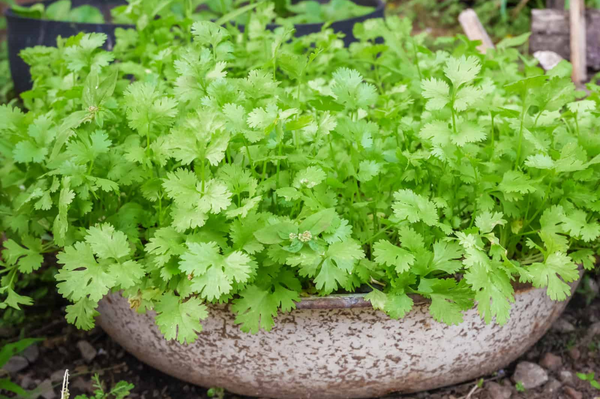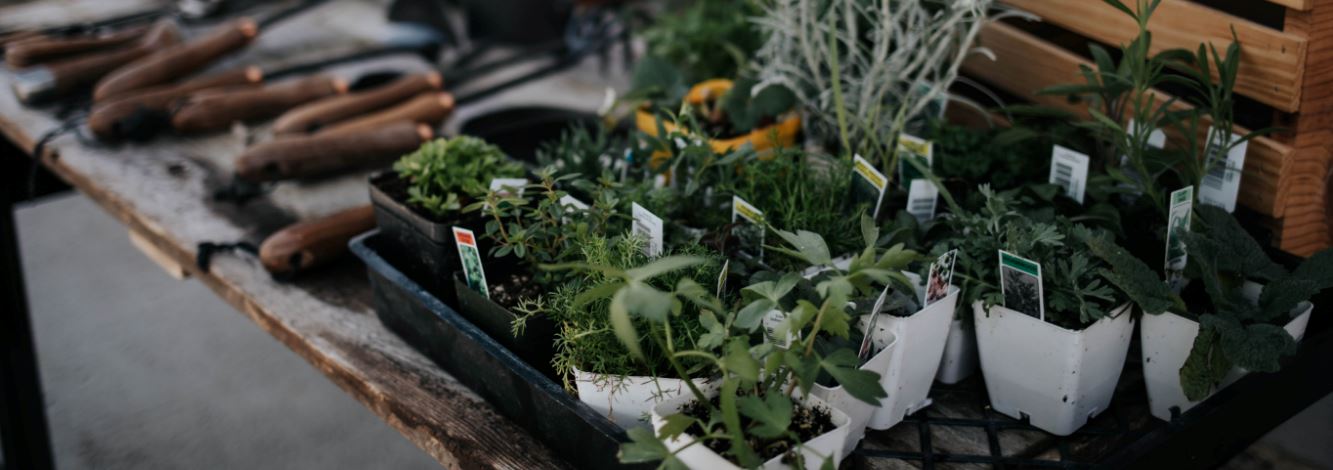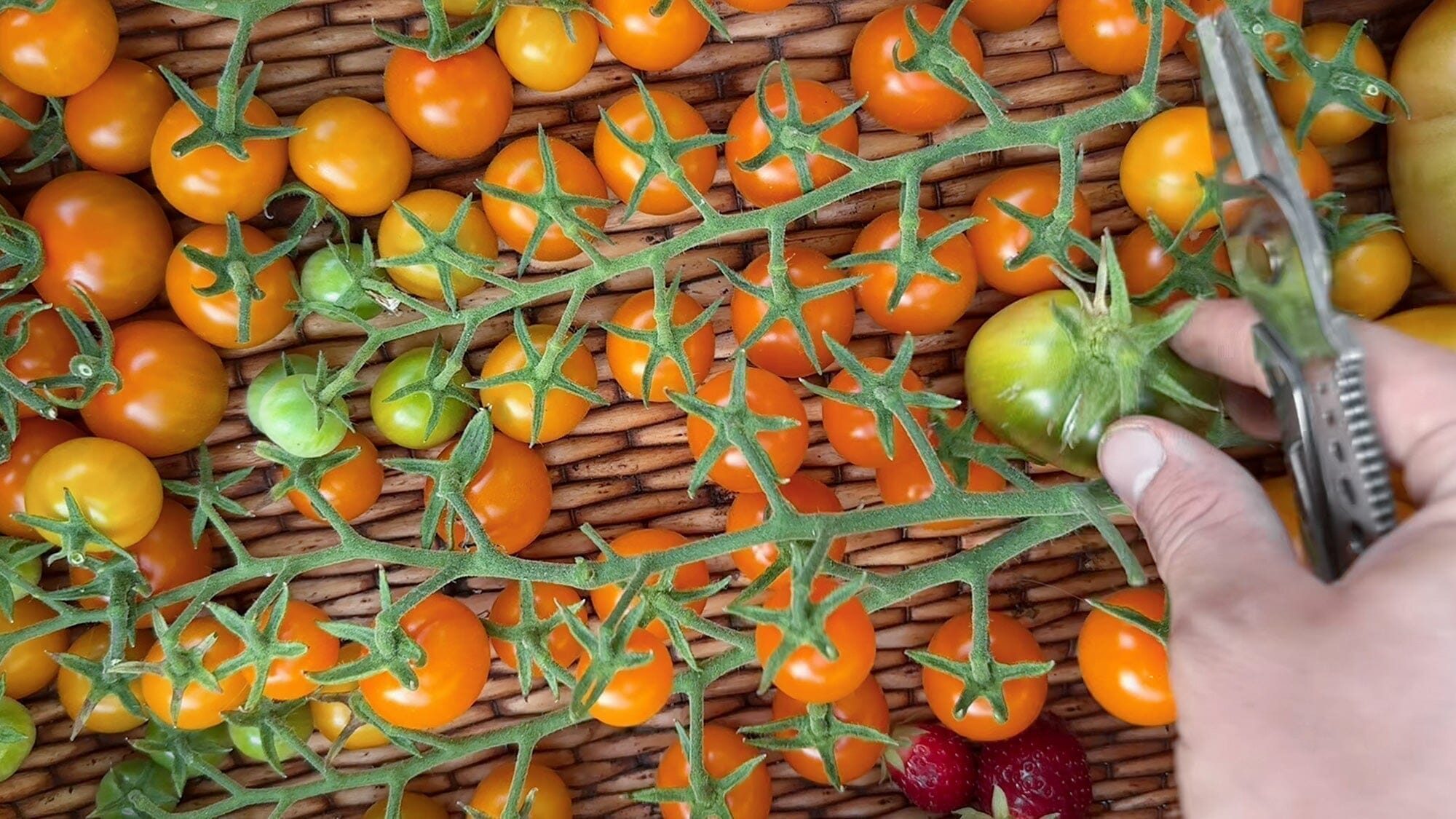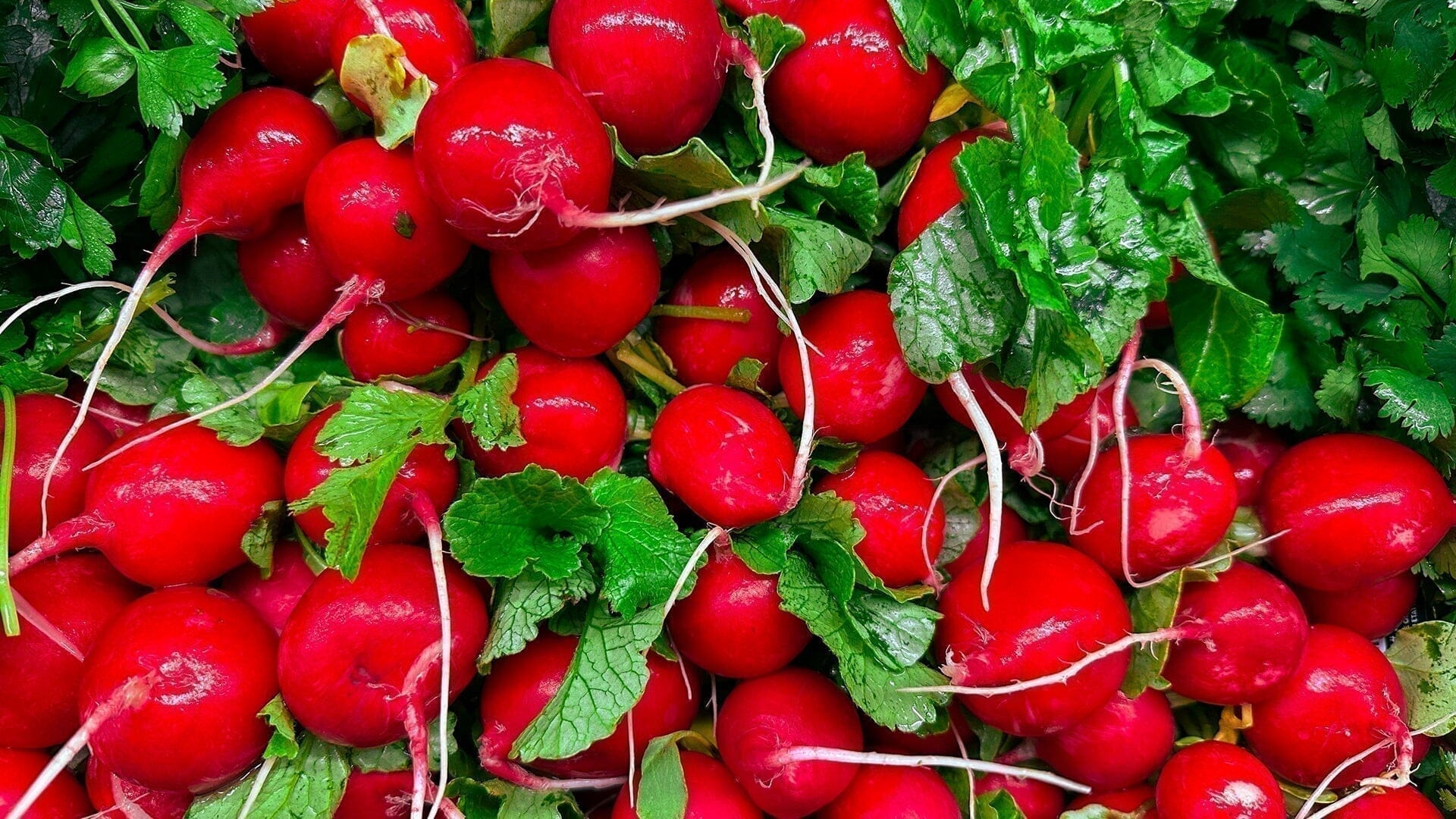Tips by Brianne Dela Cruz

Fresh herbs are a secret weapon for professional & home chefs alike. Use our detailed guide below to produce your own herbs in a backyard or patio garden and add a burst of flavor to fresh meals all summer.

· · ·
How To Grow Garden Sage
Features: Perennial in zones 5 to 8. Velvety, textured, gray-green foliage, blueish purple blooms.
Light: Full sun 6-8 hours.
Soil: Well drained, almost dry, pH about 7.

· · ·
How To Grow Oregano
Features: Perennial in zones 5 to 10. Strongly aromatic and flavorful, dark green leaves, small white flowers.
Light: Full sun to part shade, 6-8 hours.
Soil: Moist but well drained; pH 6.5 to 8.
Spacing: 12 to 18 inches apart.
Mature Size: 12 to 18 inches tall.
Pruning: Prune just above the young set of leaves growing between the stem and the larger leaves. For young plants that are leggy (large gaps between leaf sets), prune down to 1/3 the plant size to help the plant become bushier and wider. Never prune woody tissue.
Fertilizing: Fertilize with liquid fertilizer mixed with water every other week during the growing season or as indicated on the fertilizer package.
Garden uses: Grows well in containers.
Culinary uses: Deep flavor to Italian or Greek dishes, meat, fish, eggs, cheese, tomatoes, and vegetables. A light sprinkling over a green salad before dressing it is a tasty enhancement. Oregano does not hold up well to prolonged cooking when used fresh, so add fresh leaves at the end of the cooking process or use dried leaves for sauces or anything that requires lengthy simmering.

· · ·
How To Grow Lavender
Features: Perennial in zones 5 to 7. Fragrant purple flowers on tall spikes bloom right from the first year, creating a striking complement to the silvery-gray foliage.
Light: Full sun, 6-8 hours.
Soil: Well-drained, sandy, and dry; pH about 7.
Spacing: 12 to 18 inches apart.
Mature Size: 12 to 14 inches tall by 8 to 10 inches wide.
Pruning: Prune two leaf sets above the woody tissue. Cut flower stems just above the set of two purple buds growing in between the main stem and the first or second sets of leaves.
Fertilizing: Fertilize with liquid fertilizer mixed with water every other week during the growing season or as indicated on the fertilizer package.
Garden uses: Herb gardens, containers, vegetable and flower beds
Culinary uses: Baking, teas, sugars, jellies, paired with berries or citrus.

· · ·
How To Grow Rosemary
Features: Rosemary is a beautiful evergreen, shrub-like plant that works well as a low hedge or border, in the garden or in a container.
Light: Full sun, 6-8 hours.
Soil: Well-drained, sandy, and dry; pH 6 to 7.
Spacing: 24 to 36 inches.
Mature Size: 12 to 36 inches tall.
Pruning: prune two leaf sets above the woody tissue. Cut the main stems just above the smaller sets of leaves that grow between the main stem and the larger leaf sets.
Fertilizing: fertilize with liquid fertilizer mixed with water every other week during the growing season or as indicated on the fertilizer package.
Garden uses: Herb gardens, containers, vegetables, and flower beds.
Culinary uses: used as a seasoning in a variety of dishes, such as soups, casseroles, salads, and stews. Use rosemary with chicken and other poultry, game, lamb, pork, steaks, and fish, especially oily fish. It also goes well with grains, mushrooms, onions, peas, potatoes, and spinach.

· · ·
How To Grow Thyme
Features: Perennial in zones 5 to 9. Tiny, strongly aromatic and flavorful evergreen leaves.
Light: Full sun to part sun, 6-8 hours.
Soil: Well-drained, slightly dry; pH 6 to 7.
Spacing: 24 to 36 inches.
Mature Size: 12 inches tall.
Pruning: Prune two leaf sets above the woody tissue. Cut the main stems just above the smaller sets of leaves that grow between the main stem and the larger leaf sets.
Fertilizing: Fertilize with liquid fertilizer mixed with water every other week during the growing season or as indicated on the fertilizer package.
Garden uses: Herb gardens, containers, vegetable and flower beds
Culinary uses: Highly aromatic, it enhances meat dishes, eggs, cheeses, soups, stews, and sauces.

· · ·
How To Grow Chives
Features: Perennial in zones 3 to 10. Waxy, grass-like leaves flavored like onion, purple edible blooms.
Light: Full sun to part sun, 6-8 hours.
Soil: Fertile, well-drained, pH 6 to 7.
Spacing: 8 to 12 inches.
Mature Size: 12 inches tall.
Pruning: prune to thin out when harvesting the grass stalks throughout the season. Cut at the base of the grass stalk or of the flower stalk.
Fertilizing: fertilize with liquid fertilizer mixed with water every other week during the growing season or as indicated on the fertilizer package.
Garden uses: Herb gardens, containers, vegetable and flower beds
Culinary uses: For dishes that need a mild, onion-like flavor. Blooms and stalks can be eaten raw in salads or cooked.

· · ·
How To Grow Cilantro
Features: Cool season annual. Can overwinter in milder climates. Aromatic leaves, flavorful seeds.
Light: Full sun to part sun, 6-8 hours.
Soil: Rich, light, moist but well drained; pH 6 to 7.
Spacing: 12 to 18 inches.
Mature Size: 12 to 24 inches tall and 18 inches wide.
Pruning: Pick leaves in the growing season when plants are short, and again when leafy stems stretch tall as the plant mature. Snip individual leaves or leafy stems close to the soil. Never harvest more than one-third of the plant. New stem shoots should pop up from the root base where it was last harvested.
Fertilizing: fertilize with liquid fertilizer mixed with water every other week during the growing season or as indicated on the fertilizer package.
Garden uses: In containers, herb and flower gardens.
Culinary uses: Leaves & seeds in Mexican, Caribbean or Asian dishes.

· · ·
How To Grow Curled Parsley
Features: Biennial (it grows the first season and blooms the second). Deeply curled, frilly dark green leaves.
Light: Full sun to part sun, 6-8 hours.
Soil: Rich, moist well drained; pH 6 to 7.
Spacing: 12 to 18 inches.
Mature Size: 1-2 inches tall and 12 inches wide.
Pruning: Pick leaves at any point in the growing season. Snip individual leaves, cutting stems back to the base of the plant.
Fertilizing: fertilize with liquid fertilizer mixed with water every other week during the growing season or as indicated on the fertilizer package.
Garden uses: In containers, herb and flower gardens.
Culinary uses: Garnish, seasoning, salads, palate cleanser.

· · ·
How To Grow Basil
Features: Warm season annual. Large, silky, vibrant green aromatic leaves.
Light: Full sun to part sun, 6-8 hours.
Soil: Rich, moist, well drained; pH 6 to 7.
Spacing: 12 to 18 inches.
Mature Size: 24-30 inches tall and 18 inches wide.
Pruning: Pinch or prune basil plants as they grow to promote branching and bushiness. Never cut into the woody parts of a stem; plants won’t resprout. Pinch off the main stem just above the new small set of leaves growing between the stem and the older leaves.
Fertilizing: Fertilize with liquid fertilizer mixed with water every other week during the growing season or as indicated on the fertilizer package.
Garden uses: In containers, herb and flower gardens.
Culinary uses: Asian and Italian dishes, mixed drinks.

· · ·
How To Grow Mint
Features: Perennial in zones 3 to 11. Bright green tough leaves with veins in a network arrangement. Strong flavor and fragrance.
Light: Full sun to part sun, 6-8 hours.
Soil: Rich, moist soil; pH 7.
Spacing: 18 to 24 inches.
Mature Size: 24 inches tall.
Pruning: Pick mint leaves at any point in the growing season. For the strongest flavor, harvest leaves at midday when essential oil concentrations are strongest. Gather individual leaves or clip leafy stems just above the small set of newly forming leaves. Plants branch freely from just below where you snip stems, so place cuts to prune and shape plants.
Fertilizing: Fertilize with liquid fertilizer mixed with water once a month during the growing season or as indicated on the fertilizer package.
Garden uses: In containers only. The roots are highly invasive, and it will spread vigorously.
Culinary uses: Salads, sauces, desserts, and beverages.
ABOUT
Brianne Dela Cruz is a master gardener, wild forager, campfire foodie, and acclaimed writer and photographer. From her home in Salt Lake City, she teaches online gardening and foraging courses for modern folks and budding naturalists as well as hosts seasonal community gatherings. Brianne's blog and online school, Gather & Grow, is a community of folks exploring the intersection between nature and personal growth by discovering ways to slow down and nourish themselves with nature.



